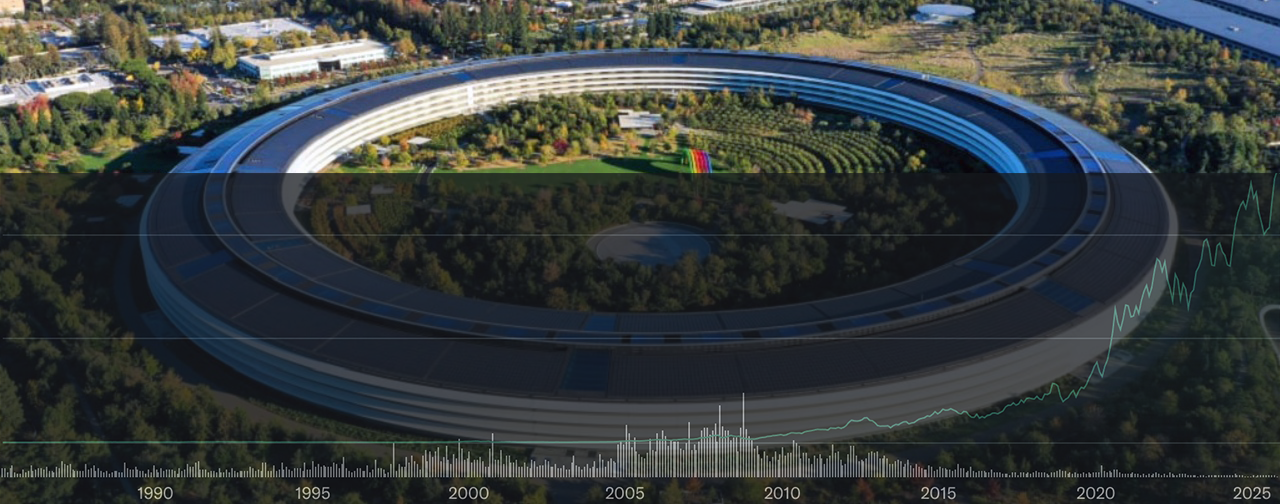Couple of things that I didn’t see in the earlier news which frames this whole discussion in a slightly different light:
Phil Schiller: As we look over our business on the Mac, a couple things that are really fascinating: we’ve certainly said for a long time that Apple’s a mobile company. It’s mobile because of iPhone, mobile because of iPad. But the Mac is predominantly a mobile business as well. Just to update the latest with 80/20 [percent] notebooks to desktop [sales], if anyone’s interested in that.
<and a short bit later>
As we see the Mac business rebound, a lot of the strength of that is in the mobile products. In fact our brand new MacBook Pro is in Q1, was about 20 percent growth year over year from the previous year. So again, our notebooks are doing really, really well.
So as we look at the Mac, at the pro customers, there’s so many definitions of them. One of the things we looked at was the mix of products they use from us, and the mix of applications they use and how do you kind of get a handle on who’s a pro, who isn’t.
If you look at it from an application perspective, what we find is that about 15 percent of our Mac customers use what you’d categorize as a professional application on a weekly or even multiple-times-a-week basis. That’s a kind of customer you could look at and say there’s someone who’s job probably relies on the work they do – using pro apps multiple times a week. That’s a pretty large percent — 15 percent.
And then if you look at a little broader view, customers who use pro applications less frequently than once a week, that’s almost 30 percent of our customer base. Across all of that, as we’ve said, we’re a more mobile than desktop company; of the people who use pro apps, and define themselves as pros, our largest product used by those customers are notebooks. Notebooks are by far and away our most popular systems used by pros.
Second on the list is iMacs — used by pros, again by the people who use professional software day in, day out, not just casually.
Third on the list is Mac Pro. Now, Mac Pro is actually a small percentage of our CPUs — just a single digit percent. However, we don’t look at it that way.
The way we look at it is that there is an ecosystem here that is related. So there might be a single digit percentage of pros who use a Mac Pro; there’s that 15 percent base that use Pro software frequently, and 30 percent who use it casually, and that these are related. These are not distinct little silos. There’s a connection between all of this.
Craig Federighi: I think it’s fair to say, part of why we’re talking today, is that the Mac Pro — the current vintage that we introduced — we wanted to do something bold and different. In retrospect, it didn’t well suit some of the people we were trying to reach. It’s good for some; it’s an amazingly quiet machine, it’s a beautiful machine. But it does not address the full range of customers we wanna reach with Mac Pro.
Maybe John [Ternus] can talk briefly about some of the elements that led us there and what the implications are… but we have work to do to build a machine now that we know the full breadth of our pro market needs.
John Ternus: I think one of the foundations of that system was the dual GPU architecture. And for certain workflows, certain classes of pro customers, that’s a great solution. But, to Phil’s point, ‘Pro’ is so broad that it doesn’t necessarily fit all the needs of all the pros.
The way the system is architected, it just doesn’t lend itself to significant reconfiguration for somebody who might want a different combination of GPUs. That’s when we realized we had to take a step back and completely re-architect what we’re doing and build something that enables us to do these quick, regular updates and keep it current and keep it state of the art, and also allow a little more in terms of adaptability to the different needs of the different pro customers.
Ina Fried (Axios): One other takeaway is that pros value a couple of things – well, they value a lot of things. The two times I can remember Apple designing a really cool product that didn’t necessarily meet a broad audience are this and the cube [PowerMac G4 Cube]. And the lesson was that they value that expandability, more options. Is it a lesson now that you guys are beginning to think about the next thing, that it needs to be more traditionally shaped and traditionally open?
Craig Federighi: I wouldn’t say we’re trying to paint any picture right now about a shape. It could be an octagon this time [laughter]. But certainly flexibility and our flexibility to keep it current and upgraded. We need an architecture that can deliver across a wide dynamic range of performance and that we can efficiently keep it up to date with the best technologies over years.
If we haven’t communicated that, we have a lot of people working on the Mac — a lot of really brilliant people invested in great new products in both infrastructure and people — then we haven’t done our job here today because we do have a lot of resources on the Mac, and that’s gonna stay.



